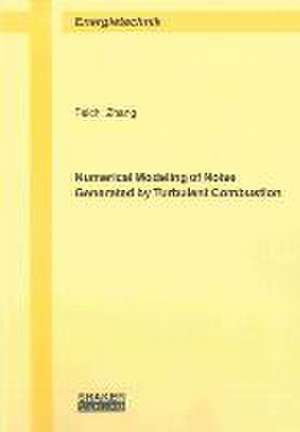Numerical Modeling of Noise Generated by Turbulent Combustion
Autor Feichi Zhangen Limba Engleză Paperback – 26 ian 2014
Preț: 290.68 lei
Nou
Puncte Express: 436
Preț estimativ în valută:
55.62€ • 59.48$ • 46.38£
55.62€ • 59.48$ • 46.38£
Carte indisponibilă temporar
Doresc să fiu notificat când acest titlu va fi disponibil:
Se trimite...
Preluare comenzi: 021 569.72.76
Specificații
ISBN-13: 9783844025088
ISBN-10: 3844025081
Pagini: 254
Ilustrații: 42 farbige Abbildungen
Dimensiuni: 149 x 211 x 22 mm
Greutate: 0.32 kg
Editura: Shaker Verlag
ISBN-10: 3844025081
Pagini: 254
Ilustrații: 42 farbige Abbildungen
Dimensiuni: 149 x 211 x 22 mm
Greutate: 0.32 kg
Editura: Shaker Verlag
